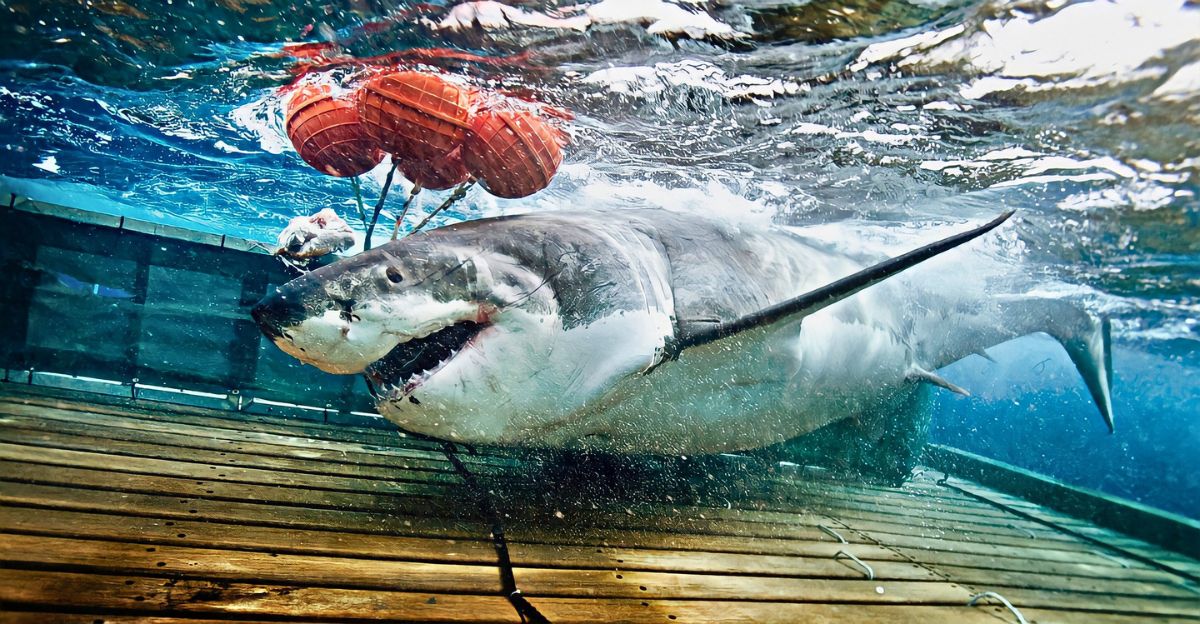
The megalodon, the most feared shark in the world, has long been intriguing scientists. Fresh evidence indicates that it may have been even larger than we previously believed: up to 80 feet in length! This finding undermines previous assumptions and enlightens us on the extinction of the big predator. Let’s dive in.
A Monster of the Deep
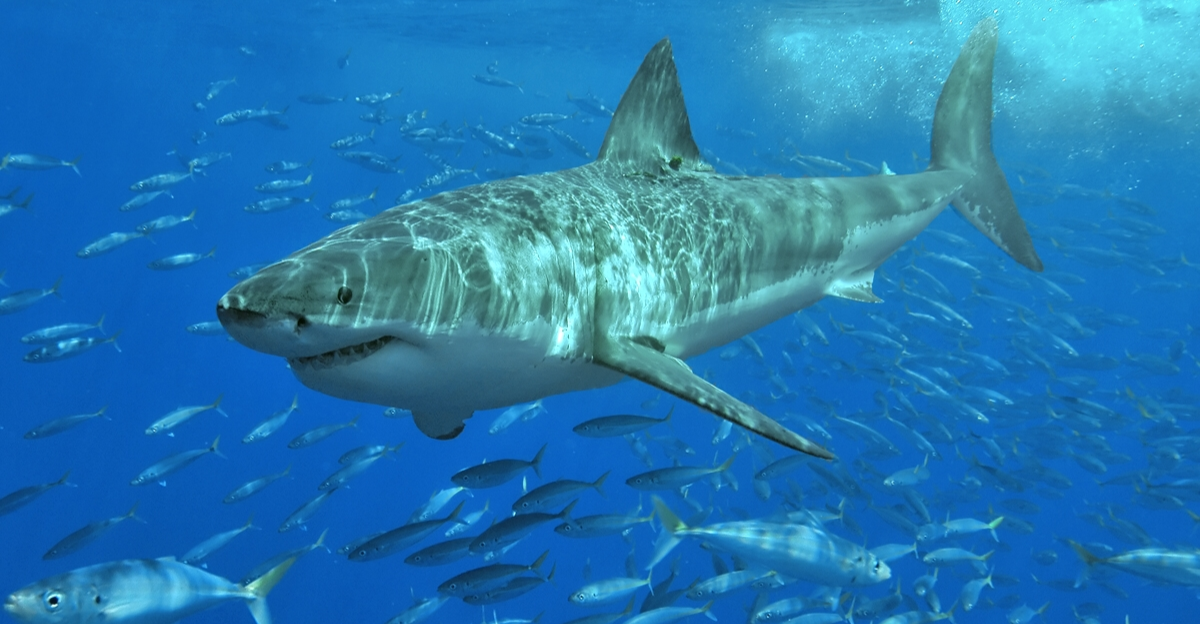
The megalodon swam supreme about 3.5 million years ago. Scientists had already estimated it to be 50–65 feet long, but new evidence indicates that it might have been 80 feet long: two school buses back to back! That is over three times longer than a great white shark.
Why Size Matters
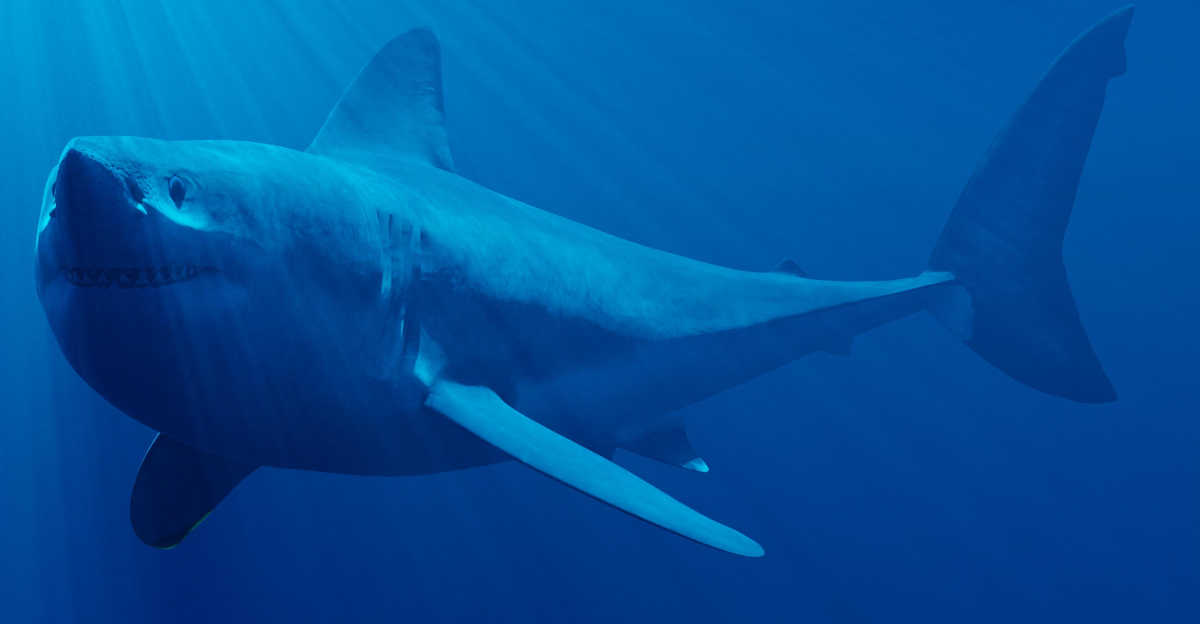
Having knowledge of the size of the megalodon enables scientists to rebuild its hunting pattern and locomotion. The megalodon would have been a very efficient predator with a longer, torpedo-shaped body. This new study changes our image of how this giant swam and hunted in prehistoric seas.
Then Versus Now
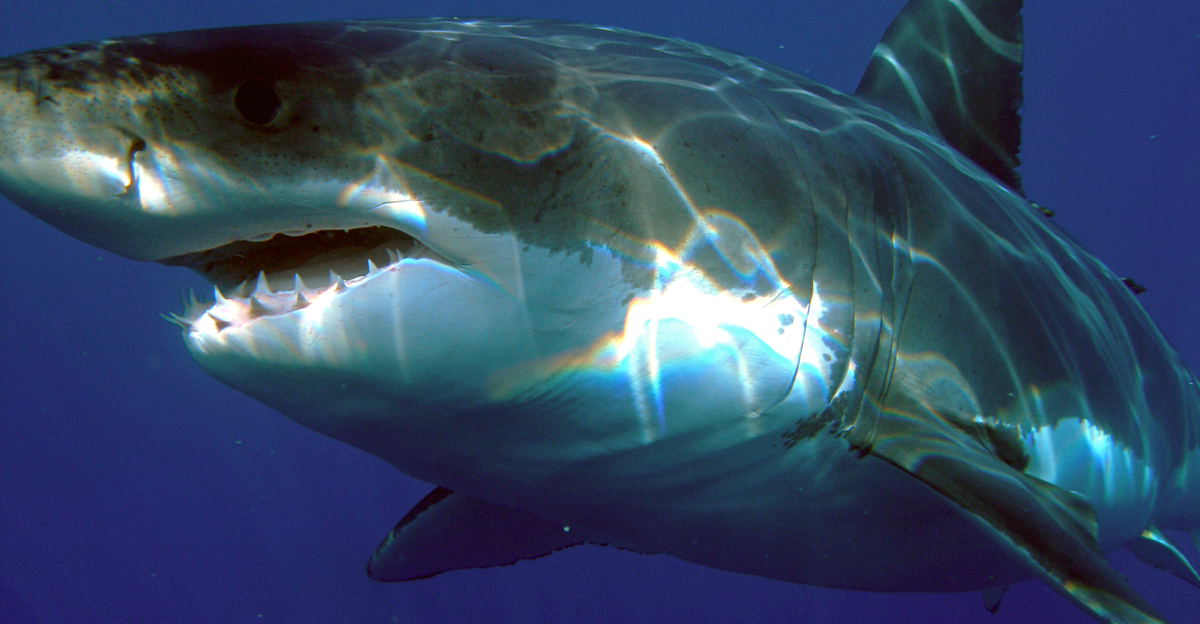
For centuries, scientists considered the megalodon to be a similar beast to the great white shark. They believed this based on the 2 species having similar teeth. New studies, however, indicate that megalodons were constructed more like lemon sharks: longer and thinner, not barrel-shaped like great whites.
Fossil Clues

Since no skeleton of a megalodon has ever been discovered, scientists have had to base their size estimates on teeth and vertebrae. The research compared more than 150 shark fossils, revealing the actual megalodon proportions.
Streamlining

A torpedo-like streamlined form would have provided the megalodon with improved hydrodynamics and enabled it to swim more efficiently and faster. This would have been an advantageous feature when hunting fast animals like whales. Megalodons were also able to cover extended distances in search of food.
How Did Megalodon Become Extinct?
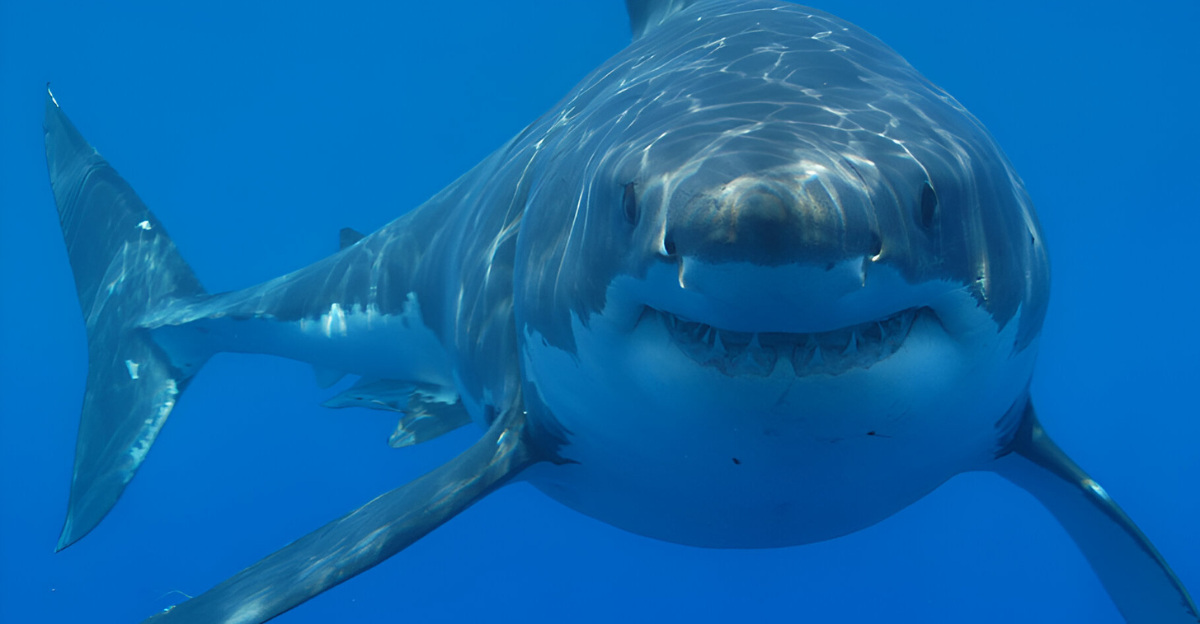
Megalodons became extinct roughly 3 million years ago. Scientists have a theory that this is because, as great whites evolved, perhaps they competed for food and wiped out the megalodon.
The Great White Rises
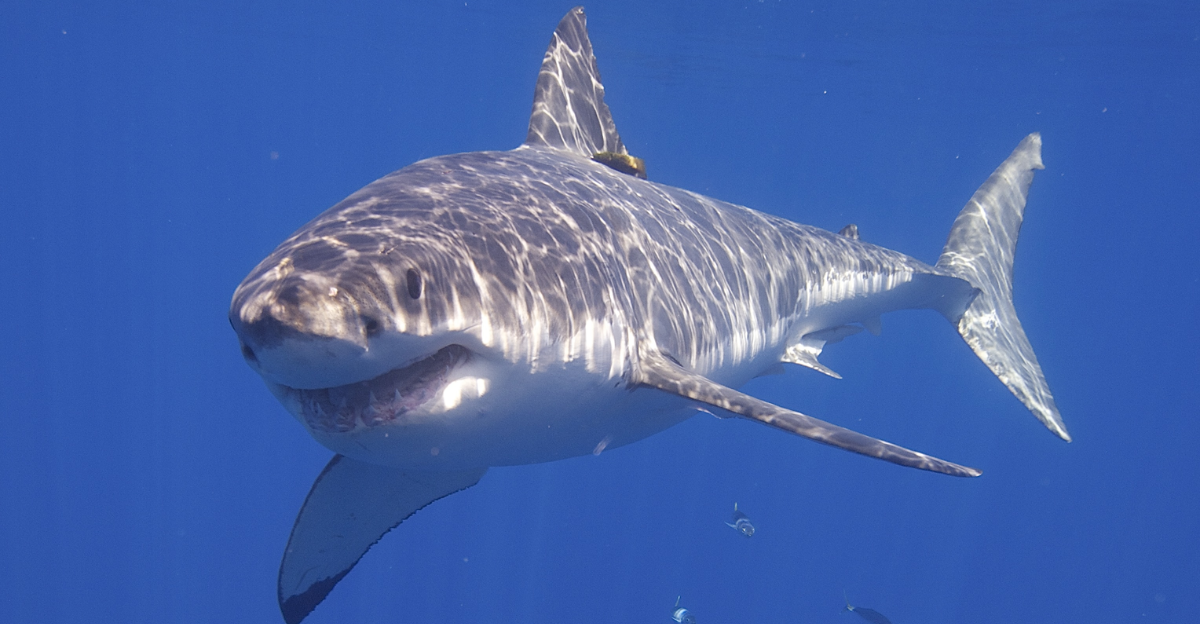
Great whites were more adaptable and smaller. Their effective hunting techniques and ability to live in a greater range of habitats may have provided them with the advantage over megalodons, allowing them to thrive when the larger predator went extinct.
Changing Oceans, Changing Fate
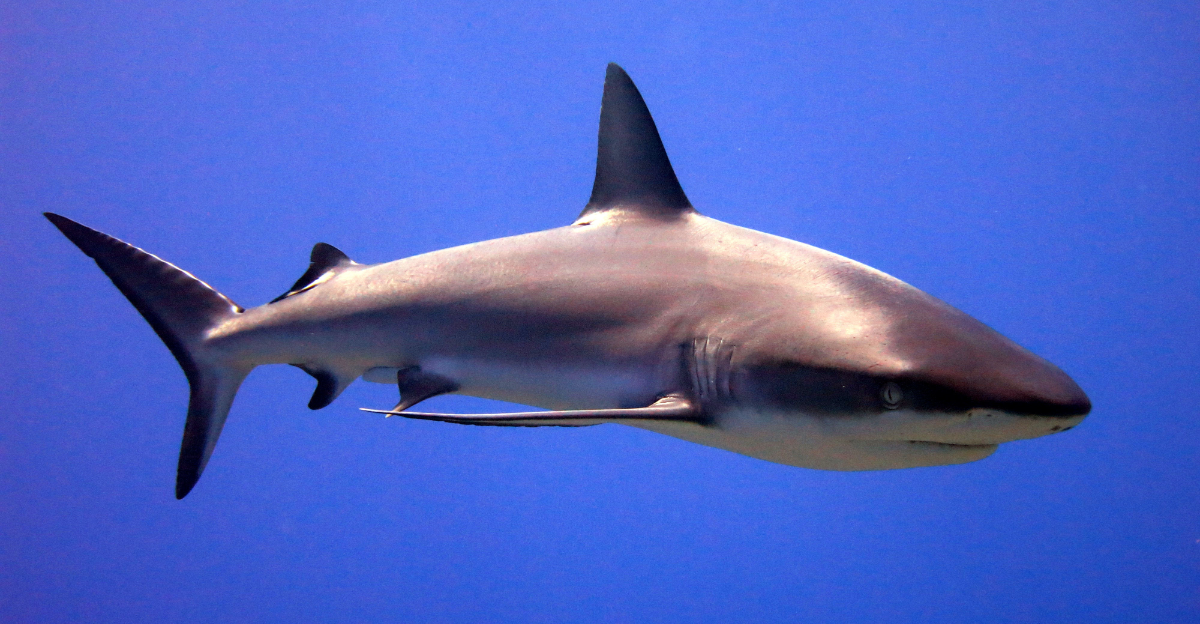
Aside from competition, ocean conditions were also switching. Lower temperatures and unstable sea levels might have reduced food supplies, making survival even more challenging for the megalodon.
What We Still Don’t Know
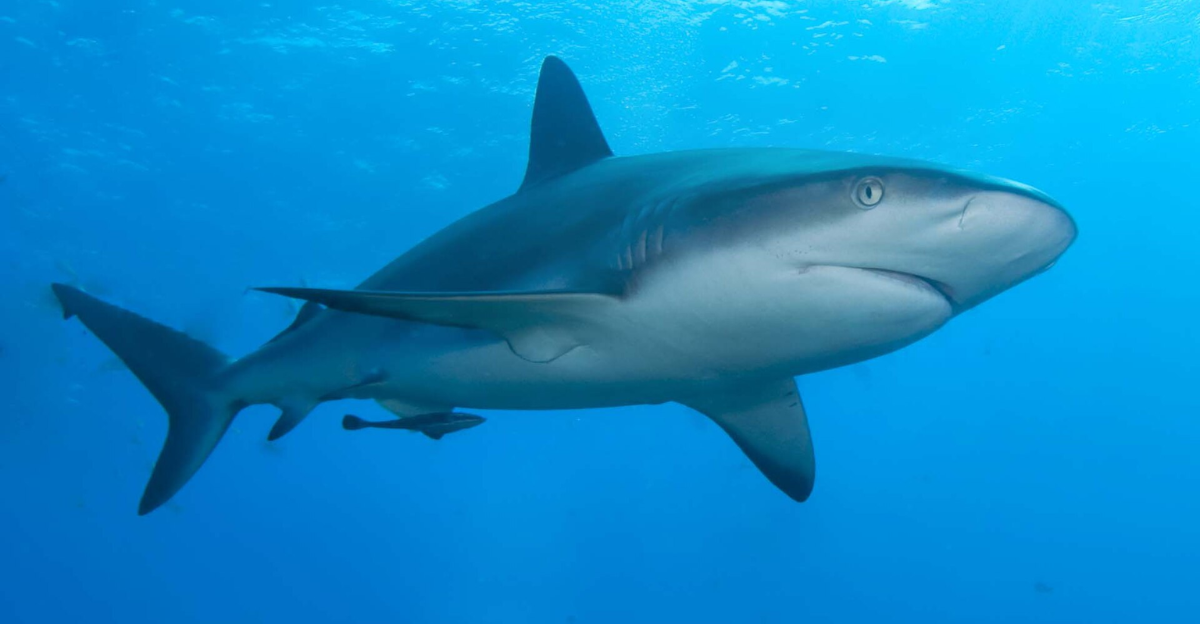
Despite these discoveries, there are still more questions than answers. Were megalodons warm-blooded? Could they have survived longer than we think? More fossils and research are needed to continue learning about this giant predator’s past.
Learning From the Past
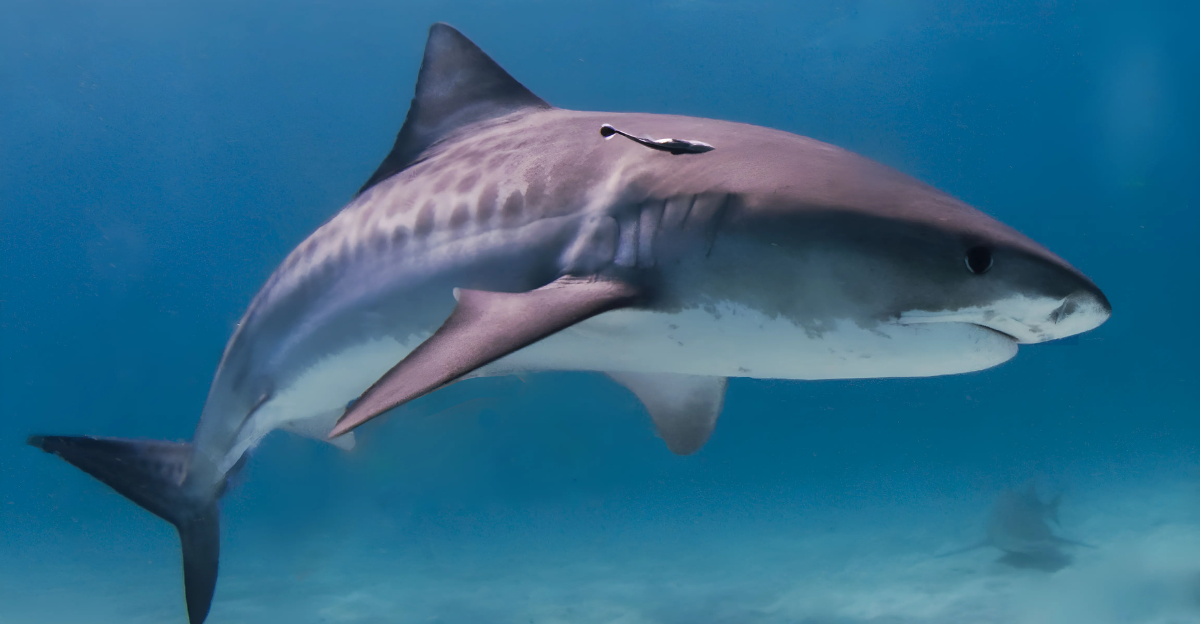
Studying traces left by the megalodon allows scientists to discover how species adapt to, or fail to adapt to, evolving environments. This is helpful in predicting the fate of modern marine predators amidst environmental changes.
The Megalodon’s Legacy
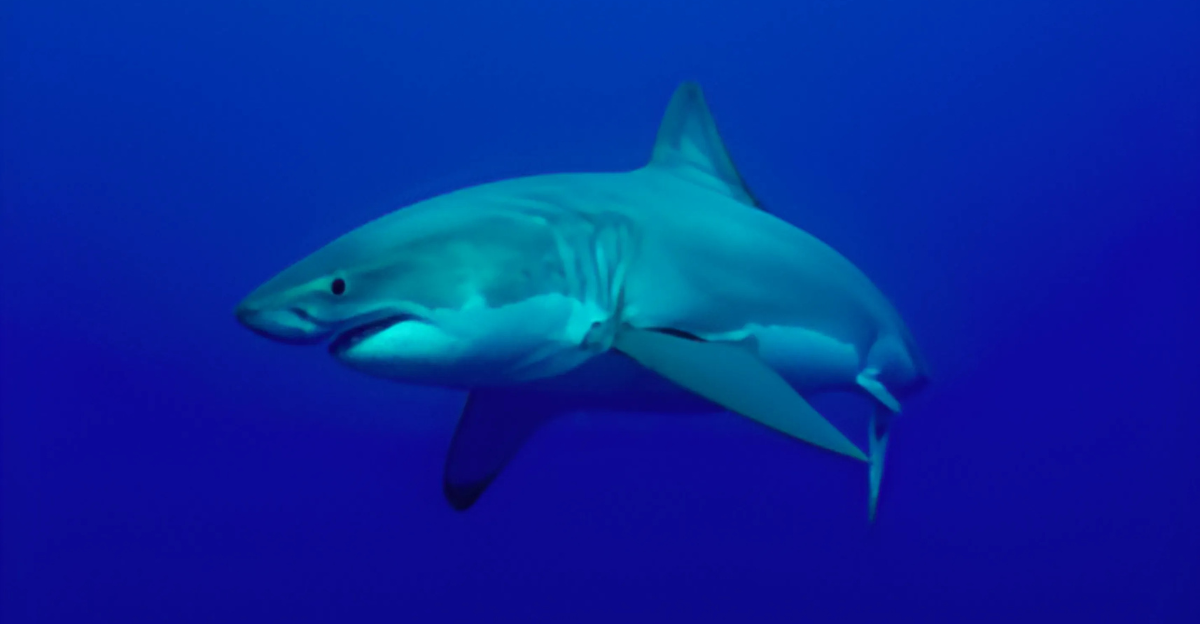
Even though it is extinct, the megalodon is a symbol of the ocean’s power and mystery. Scientists and ordinary people are both fascinated by the creature, which inspires movies, books, and further research.
Bigger Than We Thought But Lost Forever

The megalodon was bigger than we thought, but big did not mean it would survive. Its extinction teaches us something about evolution, competition, and environmental change. The more we learn, the more the tale of this prehistoric giant is revealed.
Explore more of our trending stories and hit Follow to keep them coming to your feed!

Don’t miss out on more stories like this! Hit the Follow button at the top of this article to stay updated with the latest news. Share your thoughts in the comments—we’d love to hear from you!







